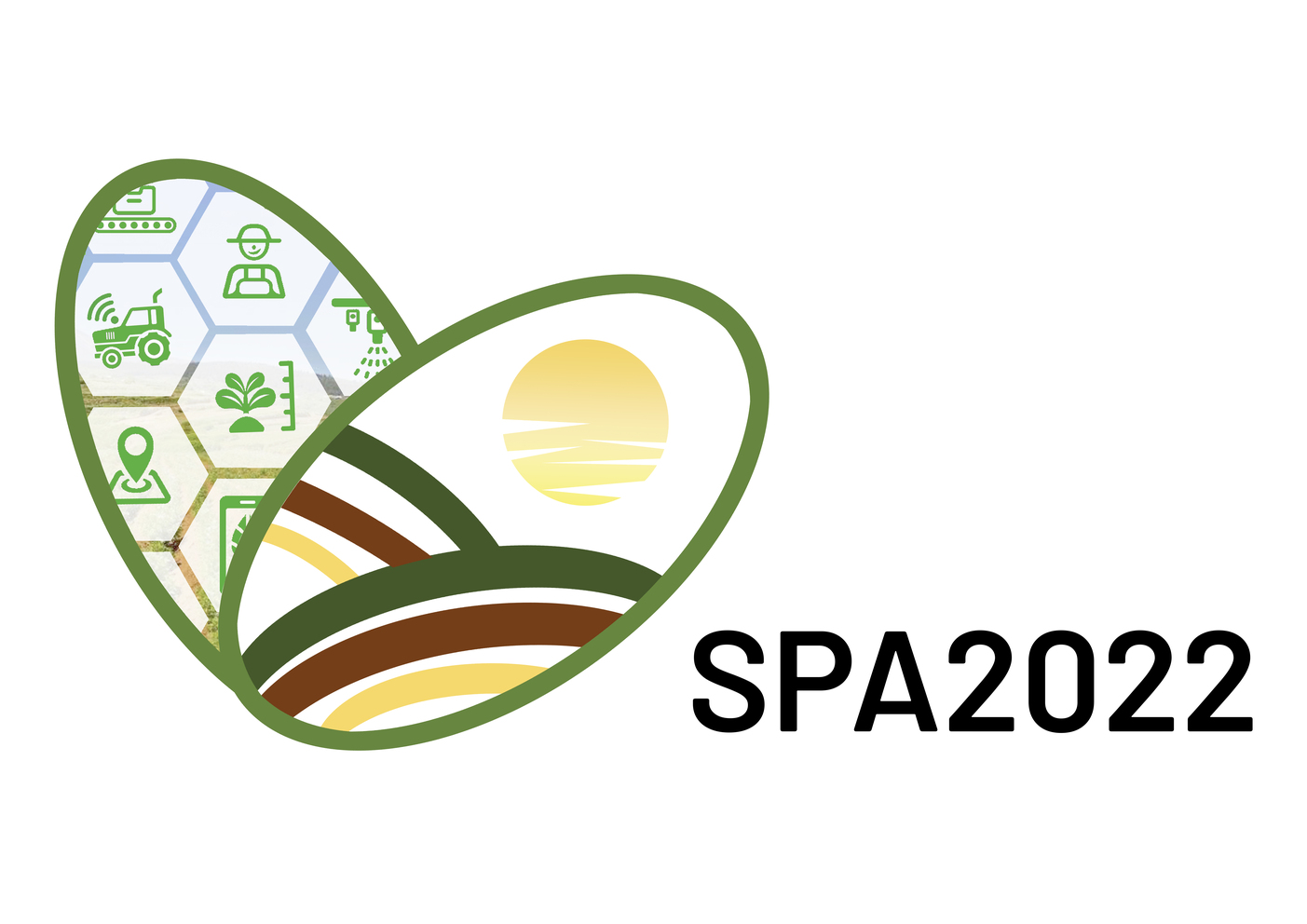The Microvine, a dwarf plant model providing innovative experimental insights for studies in grapevine physiology and genetics

Like most other perennial crops, the grapevine needs to undergo a juvenile period before fruiting. Thus, the development of reproductive organs from seedlings is only possible after the second or third vegetative cycle. Each proleptic axis then displays only one to three inflorescences per growing cycle. These biological features and the size of the adult vine are major hindrances to the design of experiments on fruit and plant physiology, and complicate and lengthen the time required for studies in grapevine breeding and genetics. The microvine is a dwarf phenotype resulting from a mutation in the VviGAI1 gene, which induces the miniaturization of all vegetative organs and conversion of tendrils into inflorescences without affecting berry development. The small size of the microvine allows tight control of environmental conditions. Spatial developmental gradients fit well with temporal series of each phytomer position. Thus, kinetic profiles can be inferred from spatial information. In the first part of the lecture, the molecular and genetic mechanisms determining microvine phenotypes will be described, reviewing the main biological properties of the microvine model. Subsequently, the results of recent studies in which the model was used for research in grapevine physiology and genetics will be summarized. The review focuses on experiments investigating the effects of temperature on vegetative and reproductive organogenesis, berry development, and biomass allocation at the whole-plant level. Furthermore, we discuss and illustrate how the model can be used to identify (QTL) quantitative trait loci in fruit development and adaptive traits that could be useful when selecting genotypes in anticipation of the effects of global warming.
